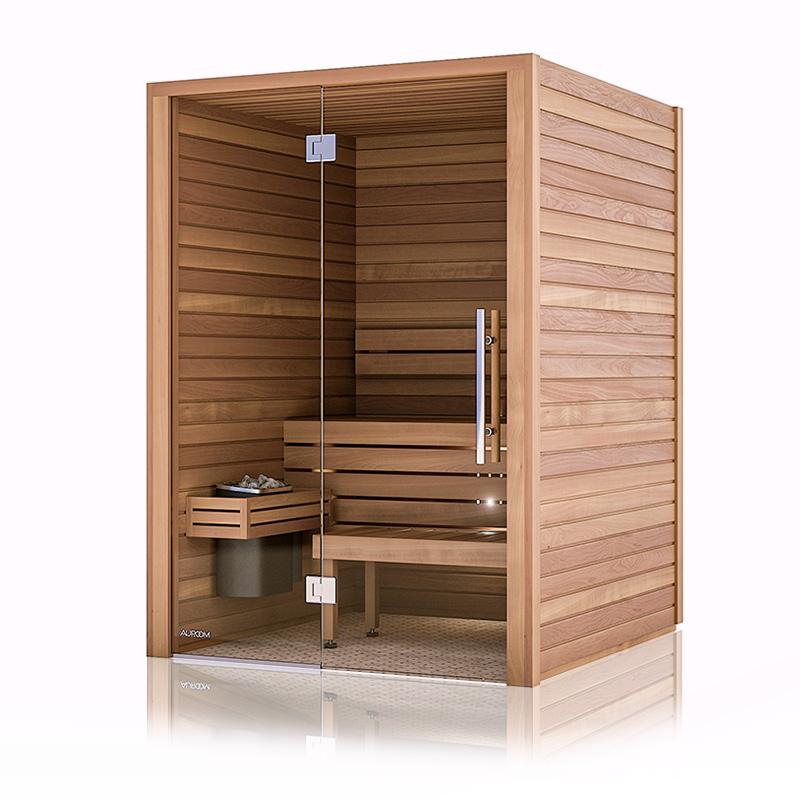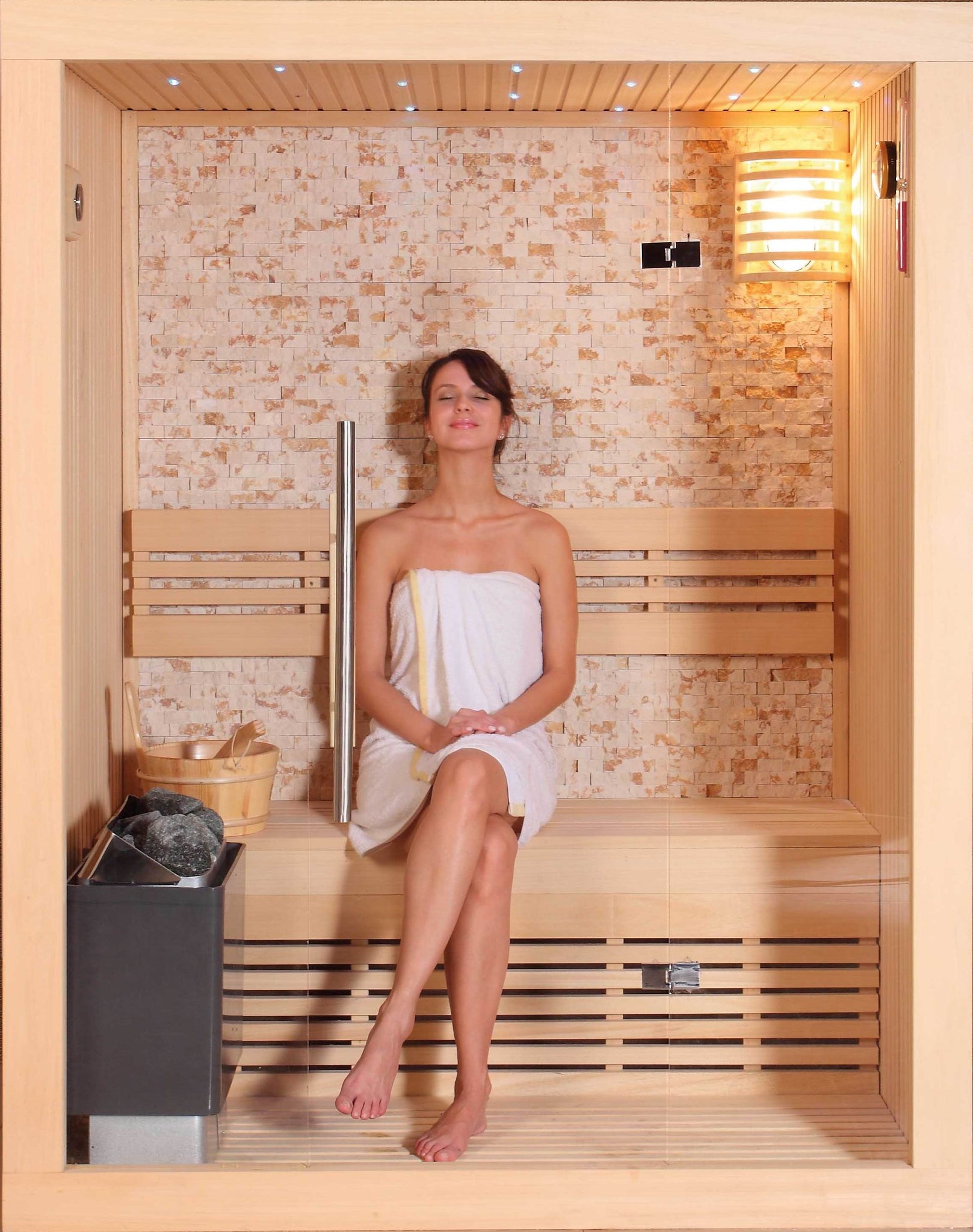The Ultimate Guide To Traditional Sauna
The Ultimate Guide To Traditional Sauna
Blog Article
3 Easy Facts About Traditional Sauna Shown
Table of ContentsThe 2-Minute Rule for Traditional Sauna4 Easy Facts About Traditional Sauna ExplainedTraditional Sauna - An OverviewTraditional Sauna - QuestionsAn Unbiased View of Traditional Sauna
Many of the weight lost in a sauna is water loss and is re-gained upon rehydrating. Without an uncertainty sauna can be a vital component of a healthy weight loss program. To take a look at the differences between traditional and IR saunas, I will divide these into verifiable, theoretical, and fabricated distinctions.Thus, the best point in the saunawhich is at the ceiling directly above the sauna heateris generally between 185 and 190 F. Claims that a standard sauna goes beyond 200 F is merely not real and not applicable for electric saunas offered in the United States. The temperature for a far-infrared sauna is typically set in between 120 and 140 F; nevertheless, unlike the typical sauna, the goal in and IR room is not to attain a high temperature.
Due to this, the temperature level distinction is practically unnecessary, since profuse sweating leads to both sauna types, however the method of warming the body is different. In an IR sauna the bather will feel hot and will certainly sweat a lot, yet at much reduced temperature levels (Traditional Sauna). Hence, if the objective is to invest longer durations of time in the sauna, the IR sauna is a great option
When a traditional sauna has actually been properly heated, the sauna walls are warm, the air temperature level has attained established temperature level and the rocks are incredibly warmed. As an interesting side note, the warmed walls and the rocks are discharging far-infrared heat, incorporated with the heated air, to develop an "enveloping warmth".
Not known Facts About Traditional Sauna

When the high temperature is achieved, the aspects cycle on and off to keep the high temperature level. A lot of standard sauna users appreciate pouring water over the rocks to produce vapor to increase sauna moisture degrees. The benefits of pouring water over the rocks consist of: making the room much more comfortable, moistening the nasal passages, and enabling the usage of aromatherapy by mixing essential oils with the water.

When the power goes into the body, read here it causes the body temperature to increase and ultimately results in perspiration. In an infrared sauna it is necessary for the emitters/heaters to continue to be on practically frequently. Since there is no mass of rocks to maintain warm, the sauna will cool if the emitters shut down.
As mentioned above, the sauna bather in an infrared room wants to position himself in front of running emitters to obtain optimal benefit from the warm. The heating time for both rooms can be extremely various, depending on just how the areas are utilized. For a standard sauna, a bather must enable 30-40 mins for the area to achieve a preferred temperature level and to effectively pre-heat the rocks.
Traditional Sauna Things To Know Before You Get This
A well created sauna will usually accomplish a temperature of 150-160 F in about 30-40 mins. For hotter temperature levels, the room might require to heat for a longer duration.

Traditional saunas often tend to be bigger (therefore utilize more electricity) than infrared saunas, although typical saunas are definitely readily available in one and 2 person sizes. For a two-person typical sauna, 5x6 or 5x7 size is most prominent. The top bench can easily seat two or 3 individuals and is additionally long sufficient to rest during the sauna session.
The Basic Principles Of Traditional Sauna
The ordinary expense per kWH of electrical power in the U.S. is roughly $0.11, so a 4.5 kW heating unit will cost approximately $.50 to compete one hour, if the heater runs continually for one hour. Typically a sauna heater will compete 75% of the very first hour and 50% of subsequent hours on because the components find out here cycle once the set temperature is attained.

There is a rarely discussed difference in the social experience between the two areas. While our culture has actually shed some of the social benefit of the conventional sauna experience, it can be extremely socially satisfying (Traditional Sauna). From family members time in the sauna, to heart-felt conversations with loved ones, to sauna partiesthe standard sauna experience can result in intimate interacting socially
What Does Traditional Sauna Do?
Many greater end infrared areas include colored light therapy, sound systems and full-glass fronts.
Report this page